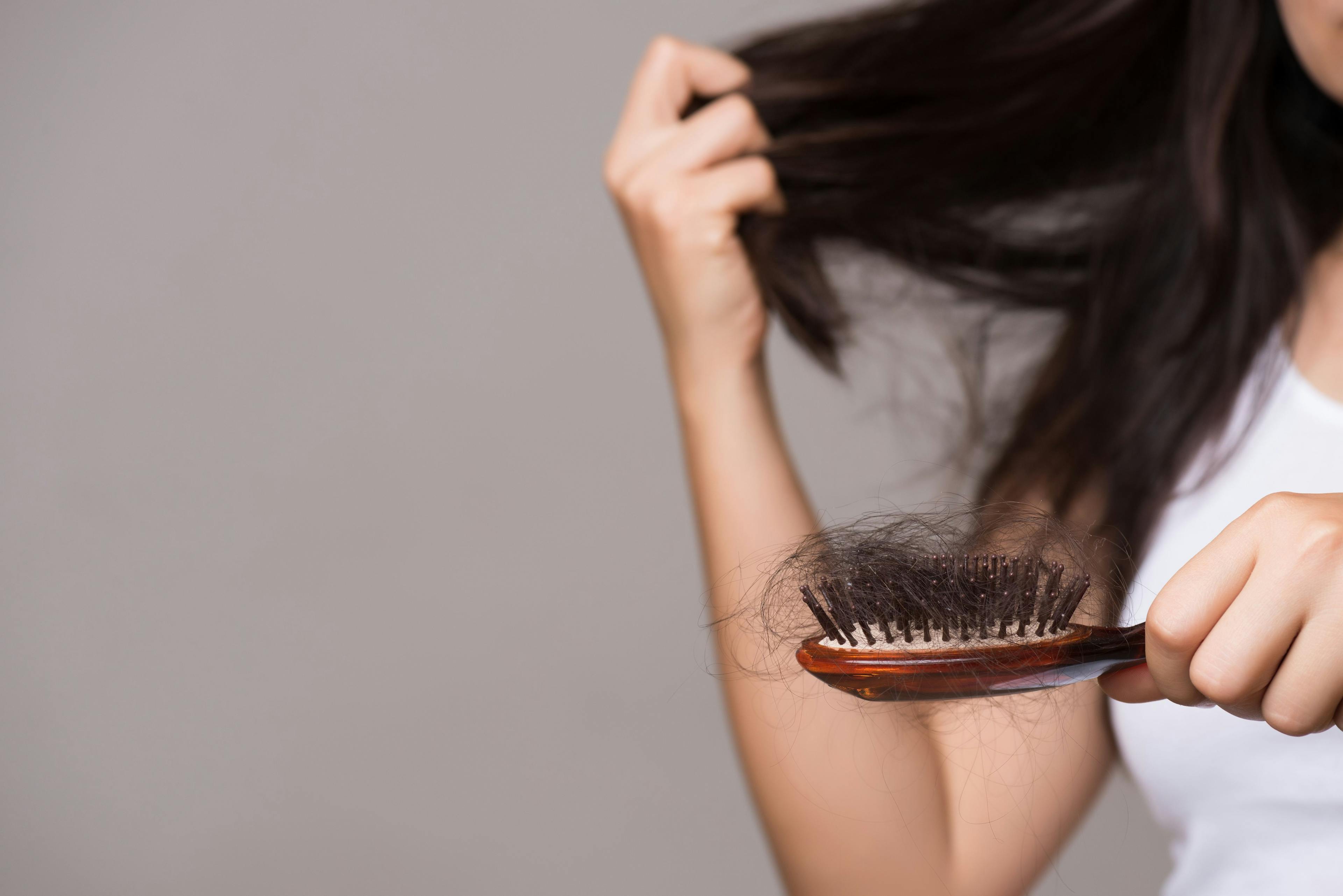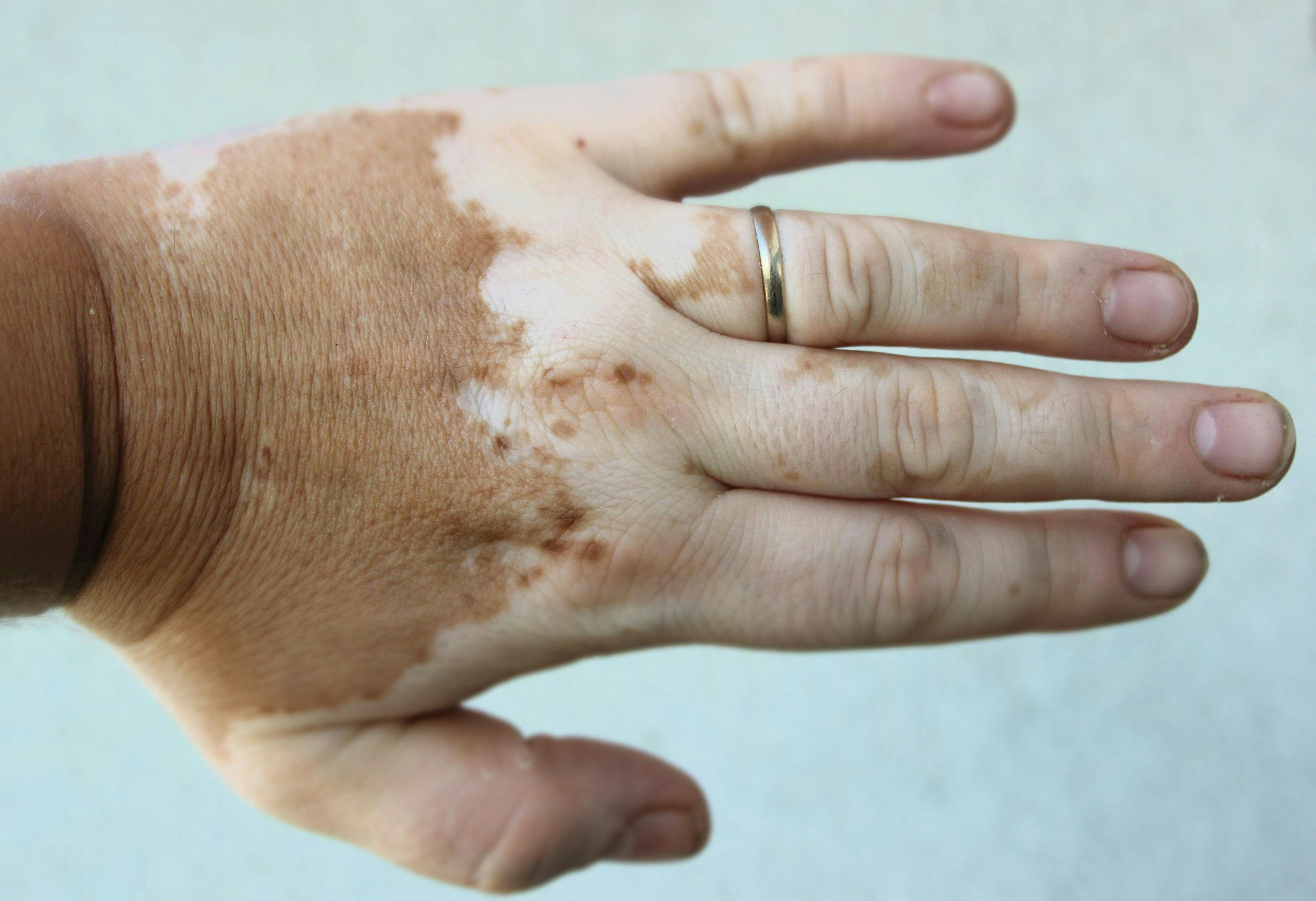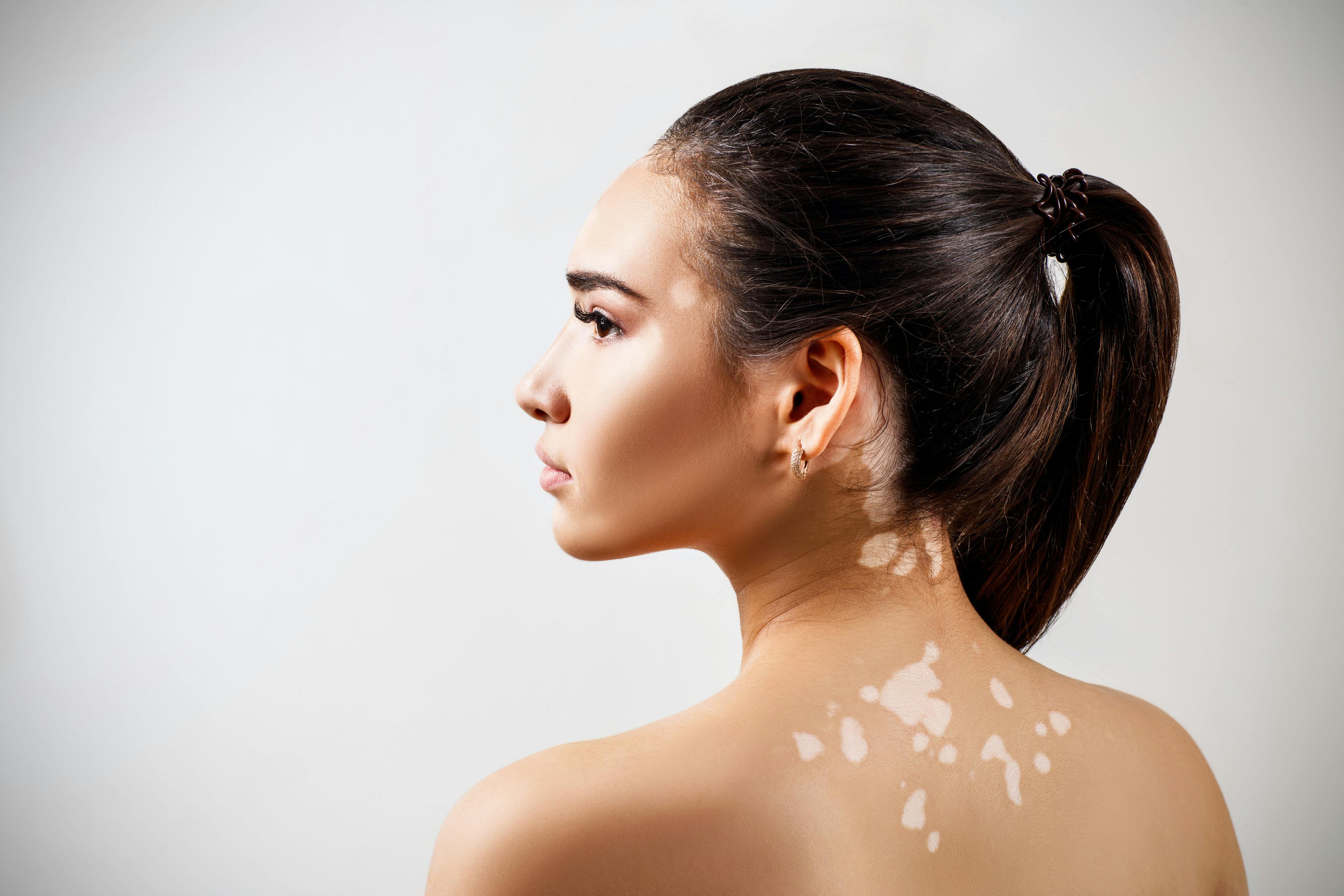- Acne
- Actinic Keratosis
- Aesthetics
- Alopecia
- Atopic Dermatitis
- Buy-and-Bill
- COVID-19
- Case-Based Roundtable
- Chronic Hand Eczema
- Drug Watch
- Eczema
- General Dermatology
- Hidradenitis Suppurativa
- Melasma
- NP and PA
- Pediatric Dermatology
- Pigmentary Disorders
- Practice Management
- Precision Medicine and Biologics
- Prurigo Nodularis
- Psoriasis
- Psoriatic Arthritis
- Rare Disease
- Rosacea
- Skin Cancer
- Vitiligo
- Wound Care
Publication
Article
Dermatology Times
Treatment of Vitiligo with Phototherapy
Author(s):
Phototherapy can serve an important role in the therapeutic armamentarium of vitiligo as it is safe, cost-effective, and can treat patients with large areas of disease.
Vitiligo is a chronic, autoimmune condition caused by the destruction of melanocytes which results in skin depigmentation. The autoimmune process is multifactorial but is believed to be mainly driven by cytotoxic T-cells. These specific immune cells have been found, in other studies, to be increased in vitiligo patients and have been seen to correlate positively with disease severity.1 Given the autoimmune nature of vitiligo, treatments that modulate the immune system and immune response can serve as an important therapeutic modality. Unfortunately, topical immune-modulating medications require daily applications, are ineffective in some patients, and may have adverse effects. Another limitation is cost, as the newest FDA-approved topical medication for vitiligo could cost thousands of dollars, if not covered by insurance.2 Therefore, phototherapy can serve an important role in the therapeutic armamentarium of vitiligo as it is safe, cost-effective, and can treat patients with large areas of disease.
Over the past several years, narrowband-ultraviolet B (NB-UVB) phototherapy has proven to be an effective treatment option for conditions such as vitiligo and it can be used as monotherapy, in laser form, or in combination with topical or systemic agents.3 The exact mechanism is unknown but phototherapy is believed to treat vitiligo by causing a decrease in inflammatory cytokines while simultaneously stimulating melanocytes within the hair follicle.4 A recent retrospective review on the efficacy of NB-UVB for vitiligo found that re-pigmentation persisted in 80% of patients at one year after cessation of phototherapy.5
Phototherapy for vitiligo can also be delivered using an excimer laser (308 nm). This highly focused and precise beam of UVB is a good option for localized vitiligo and for pediatric patients who cannot tolerate treatment in a phototherapy booth. Furthermore, the laser does not expose normal skin to the UVB and can access areas that may be difficult to treat with standard phototherapy (such as the ears and genitals). The efficacy of excimer laser in the treatment of vitiligo differs by anatomic site, depigmentation on the face and neck are highly respondent areas, while extremities lesions may show a slower response.6 A 2022 study in the Journal of Drugs in Dermatology on the use of excimer laser in pediatric vitiligo found that repigmentation was noted to be retained in 80% of facial, 40% of the body, and 20% of extremity lesions during average follow up time of 3.38 years.7 The authors concluded that for any patient being treatment with excimer laser for vitiligo, proper counseling regarding the need for ongoing treatment is important.
Another benefit of phototherapy as a primary or maintenance therapy is the ability for it to be conducted at home. Phototherapy for vitiligo is usually done 2 to 3 times per week, and home-based treatment can make it easier for patients to adhere to such treatment schedules and therefore potentially improve outcomes.8 A 2020 randomized controlled study of home phototherapy found that home UVB phototherapy was as effective as outpatient therapy, but demonstrated better compliance and a lower cost of therapy.9 Given that the therapy is not directly administered by a healthcare provider, adverse events were more frequently observed with home phototherapy. This highlights the importance of proper counseling and training when prescribing home phototherapy for vitiligo patients. While there are many treatment options for vitiligo, phototherapy has many advantages, which makes it an excellent option for pediatric and adult patients suffering from vitiligo.
References
1. Picardo M, Dell’Anna ML, Ezzedine K, et al. Vitiligo. Nat Rev Dis Primer. 2015;1:15011. doi:10.1038/nrdp.2015.11
2. Opzelura Prices, Coupons & Savings Tips - GoodRx. Accessed December 2, 2022. https://www.goodrx.com/opzelura
3. Myers E, Kheradmand S, Miller R. An Update on Narrowband Ultraviolet B Therapy for the Treatment of Skin Diseases. Cureus. 2021;13(11):e19182. doi:10.7759/cureus.19182
4. Yones SS, Palmer RA, Garibaldinos TM, Hawk JLM. Randomized double-blind trial of treatment of vitiligo: efficacy of psoralen-UV-A therapy vs Narrowband-UV-B therapy. Arch Dermatol. 2007;143(5):578-584. doi:10.1001/archderm.143.5.578
5. Silpa-Archa N, Weerasubpong P, Junsuwan N, Yothachai P, Supapueng O, Wongpraparut C. Treatment outcome and persistence of repigmentation from narrow-band ultraviolet B phototherapy in vitiligo. J Dermatol Treat. 2019;30(7):691-696. doi:10.1080/09546634.2018.1544409
6. Ostovari N, Passeron T, Zakaria W, et al. Treatment of vitiligo by 308-nm excimer laser: an evaluation of variables affecting treatment response. Lasers Surg Med. 2004;35(2):152-156. doi:10.1002/lsm.20057
7. Sethi S, Silverberg N. Short and Long-Term Outcomes of 308-nm Laser for Pediatric Vitiligo. J Drugs Dermatol JDD. 2022;21(7):773-775. doi:10.36849/JDD.6895
8. Rajpara AN, O’Neill JL, Nolan BV, Yentzer BA, Feldman SR. Review of home phototherapy. Dermatol Online J. 2010;16(12):2.
9. Liu B, Sun Y, Song J, Wu Z. Home vs hospital narrowband UVB treatment by a hand-held unit for new-onset vitiligo: A pilot randomized controlled study. Photodermatol Photoimmunol Photomed. 2020;36(1):14-20. doi:10.1111/phpp.12495

Newsletter
Like what you’re reading? Subscribe to Dermatology Times for weekly updates on therapies, innovations, and real-world practice tips.


























